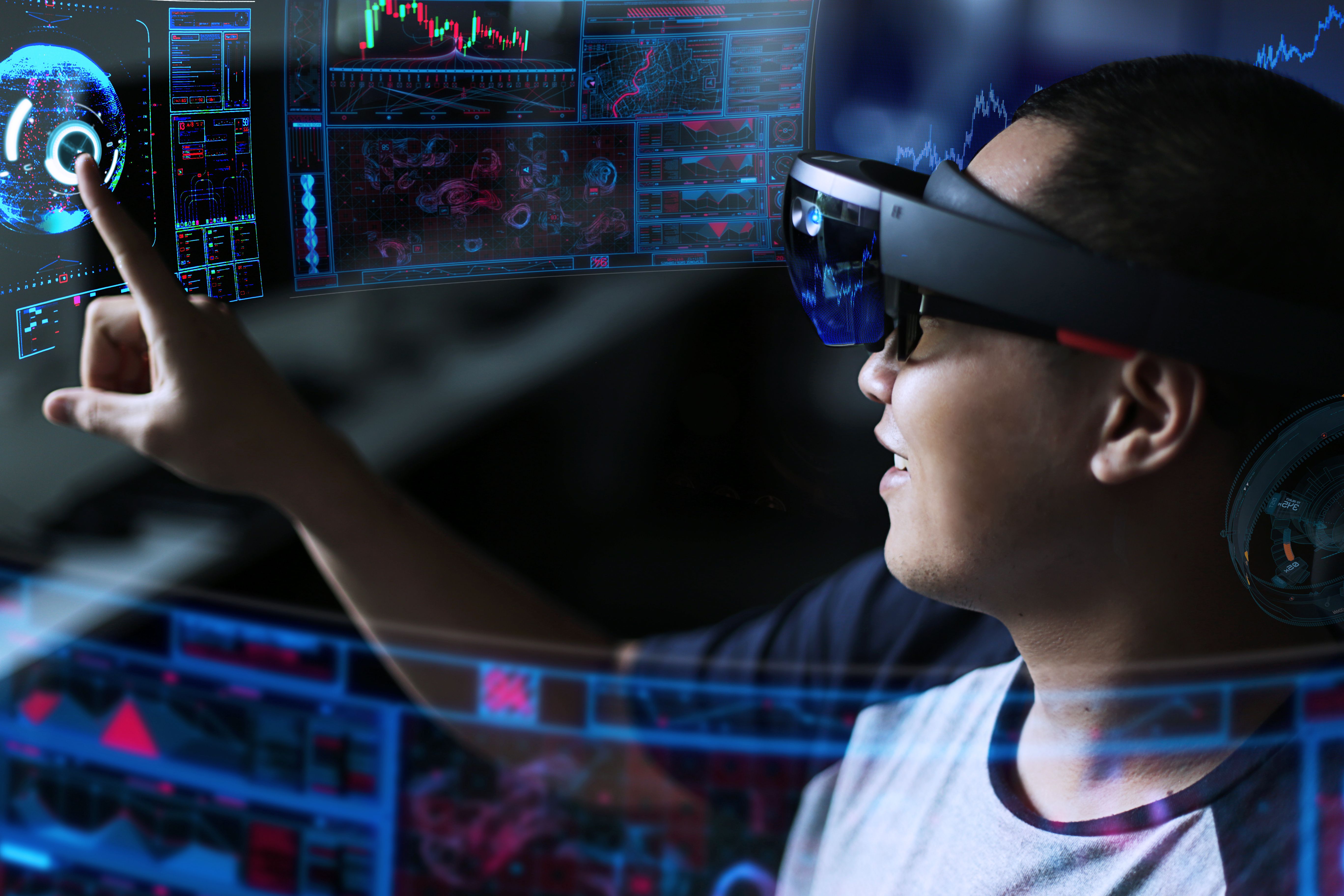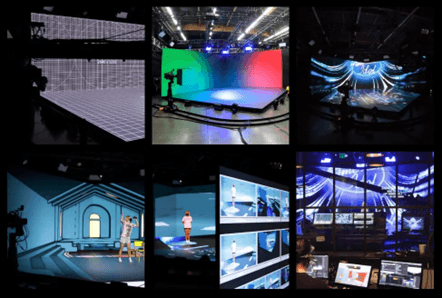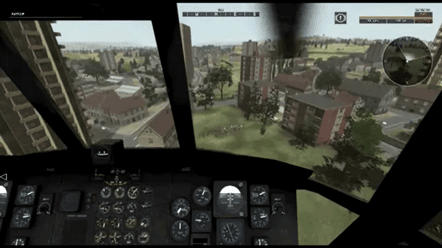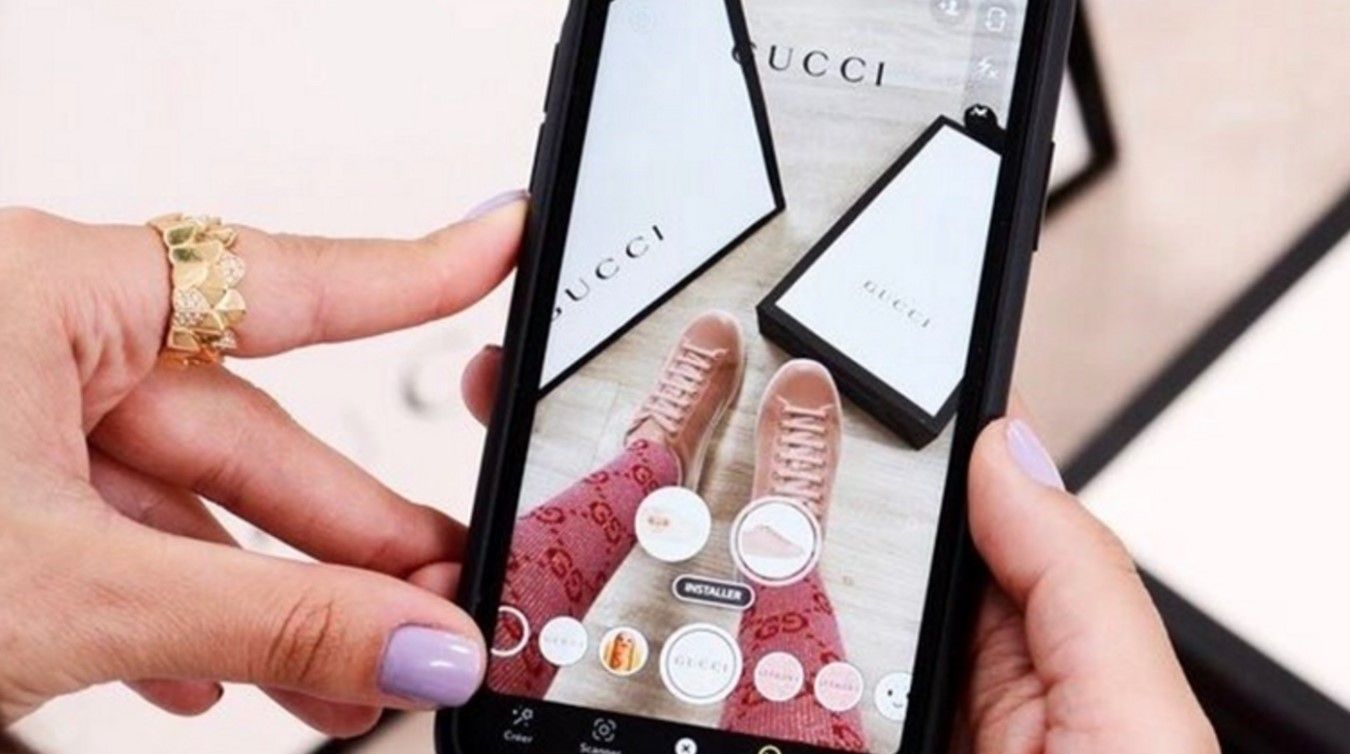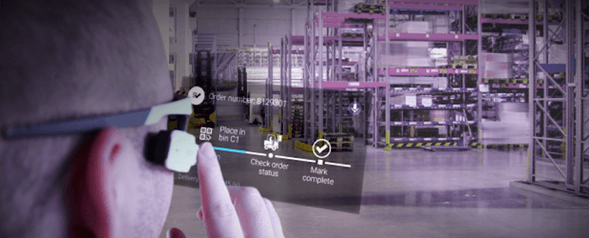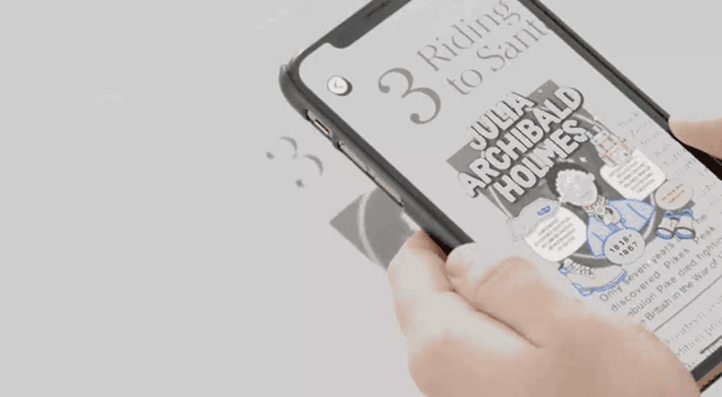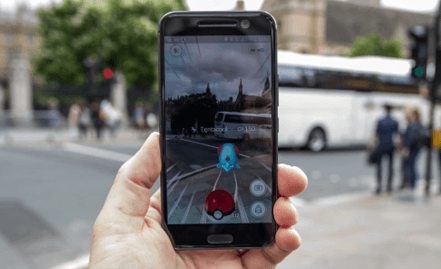Augmented reality (AR) is a technology that mixes the real world with digital data. This can be done by adding pictures, text, or even videos to your current real-world environment. As a result, AR has become one of the most dynamic technologies, with several applications in distinct sectors such as fashion, retail, interior design, healthcare, security and defense, shipbuilding, automobiles, video games, and media and entertainment. In this blog post, we will present eight revolutionary examples of AR.
1. EnWorks for Mutti
EnWorks is Vection Technologies’ application that supports training, manufacturing, and maintenance processes. It is powered by augmented reality visual assistance for enhanced workflows.
Mutti, a leading company that specializes in preserved food, particularly in the tomato sector, adopted EnWorks in 2021 to support its maintenance activities of production lines format change, assembling and disassembling procedures.
EnWorks delivered incremental benefits in skills-acquisition by staff during maintenance procedures, resulting in added quality standards.
Additional benefits identified by Mutti in the adoption of EnWorks were:
- Non-expert personnel performing tasks in the same time as expert personnel
- Faster learning processes
- Reduction in headcount required for certain procedures
- Reduction in machine down-time
2. IKEA Place
IKEA Place is an AR app that allows users to see furniture and decoration items models in true-to-scale 3D models. By merging augmented reality technology and IKEA’s smart home solutions, this app streamlines customers’ journey from seeing how a specific piece looks in their own space until the purchasing decision.
Regarding this AR app, Michael Valdsgaard, leader of digital transformation at Inter IKEA Systems, explained that “IKEA place makes it easier to make buying decisions in your own place, to get inspired and try many different products, styles, and colors in real-life settings with a swipe of your finger.”
3. American Idol
Likewise, augmented reality is considered the future of the media and entertainment industries globally. In the United States, American Idol is leading the charge. The hit singing competition has been using AR to wow audiences for years, and season 19 is no different.
For example, on May 25, XR studios supported the virtual 3D interactive environment for Katy Perry’s Daisies performance during the American Idol finale. The American Idol performance implemented extended reality technologies, including augmented reality; to create a scenario inspired by comic-book style graphic elements.
From stage sets that come to life to mind-bending visual effects, AR brings the show to a whole new level. Augmented reality is also helping the judges make more informed decisions.
4. AR Simulations in Urban Warfare
Augmented reality is increasingly becoming a staple of modern warfare. By layering computer-generated images on top of real-world surroundings, soldiers can get a better sense of their target’s location and any potential hazards in the area. AR can also provide instructions or warnings to soldiers in the heat of battle. In urban warfare, where close quarters and narrow streets make visibility complex, AR can be valuable for commanders and troops alike.
For instance, Andrew Wheeler interrogate how digital environments can be accurate enough to simulate urban warfare. Concerning this issue, Wheeler brings the case of the United States Army and its Defense Advanced Research Projects Agency (DARPA) to reveal how they are currently refining training methodologies to better prepare soldiers for the reality of combat.
Although “Training for urban warfare doesn’t seem possible in any comprehensive way”, the U.S. Army Research Laboratory, the Combined Arms Center, and the University of Southern California Institute for Creative Technologies, worked together to develop a Simulated Training Environment (STM). By developing the STE, researchers and developers aimed to give soldiers complex simulations and realistic combat scenario, including urban landscapes.
5. Gucci
AR is rapidly becoming one of the most talked-about technologies in the fashion industry. Now, fashion brands are experimenting with augmented reality to engage with consumers and provide a more immersive shopping experience. Gucci is one of the first major brands to embrace AR experiences, and the results have been impressive.
In July 2020, Gucci partnered with Snapchat to launch their first AR shoe try-on campaign on the platform. Also, Gucci created the AR try-on lenses to let Snapchat users to see how Gucci shows look on their feet, explained Han Nguyen.
In 2018, the brand launched an AR app that allowed users to try on virtual versions of its products. The app was a tremendous success, and it helped Gucci connect with a younger, tech-savvy audience. As more fashion brands adopt augmented reality, it is clear that this technology is here to stay.
6. Boeing
Boeing is an aerospace company known for manufacturing commercial airplanes and defense products. Boeing is also a major adopter of AR technology.
The company’s various AR applications include pilot training, aircraft maintenance, and flight deck operations. In addition to its AR products, Boeing also manufactures a range of other products and services, including drones, satellites, and spacecraft.
With a commitment to innovation, safety, and quality, Boeing is a leading aerospace solutions provider. In addition, they are cutting production time by using AR, demonstrating how this technology adds efficiency to aerospace manufacturing processes.
7. Teaching History
Some of the most popular examples of augmented reality can be found in education. For example, many textbooks now come with AR applications that allow students to see 3D renderings of historical events.
For instance, an AR app known as “Lessons in Herstory” allows to see students how women appear in specific historical events in the U.S. although classical textbooks have made them invisible.
Augmented reality has the power to make learning more interactive and engaging, so it is easy to see why it is becoming increasingly popular in the world of education.
8. Pokémon GO
Pokémon GO has taken the world by storm, becoming one of the most popular mobile games ever released.
What makes Pokémon GO so special? Part of it is that Pokémon Go uses AR to bring the game to life. Instead of staring at a screen, players are encouraged to get up and move around, exploring their surroundings as they search for Pokémon.
This makes the game more immersive and engaging than traditional mobile games. In addition, Pokémon GO features a unique social element that encourages players to meet up with other players to trade Pokémon and battle together.
Pokémon GO is not only a fun and exciting game but also a revolutionary new way to interact with the world.
Conclusion
AR is quickly gaining popularity in a variety of businesses and industries. By providing users with immersive experiences, AR has the potential to solidify relationships with customers, promote learning, and increase engagement. For businesses, AR provides an excellent opportunity to expand their reach and enhance their products or services.
Thanks to AR, customers can make purchasing decisions without ever stepping foot in a store, learn new languages by reading AR-enhanced books, and play entertaining AR games. AR also has the potential to change the way we live and work for the better. It is important that we continue to explore how AR can improve our lives.
To jump-start your augmented reality (AR) adoption strategy, contact Vection Technologies. Our team of AR experts is ready to help your business navigate and identify the optimal solution to create value through next-gen AR interfaces.
